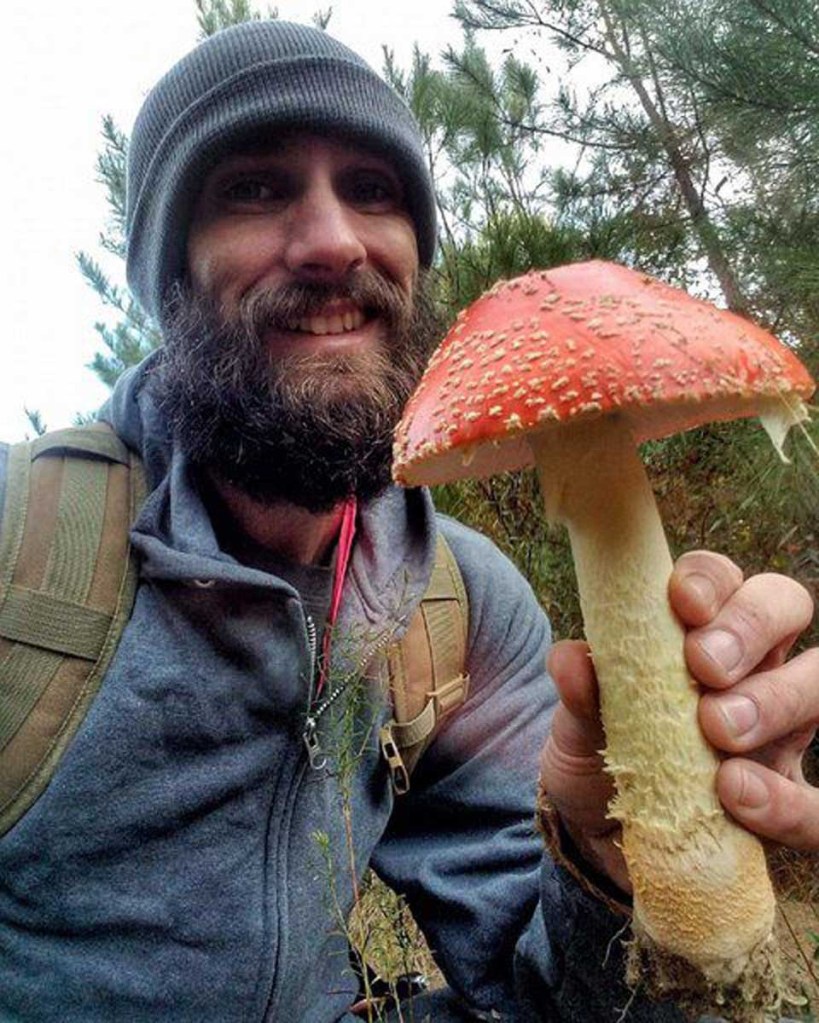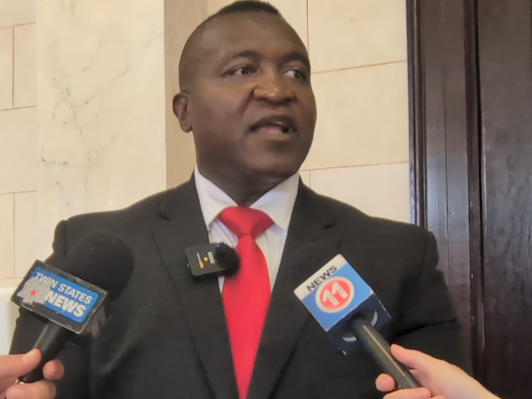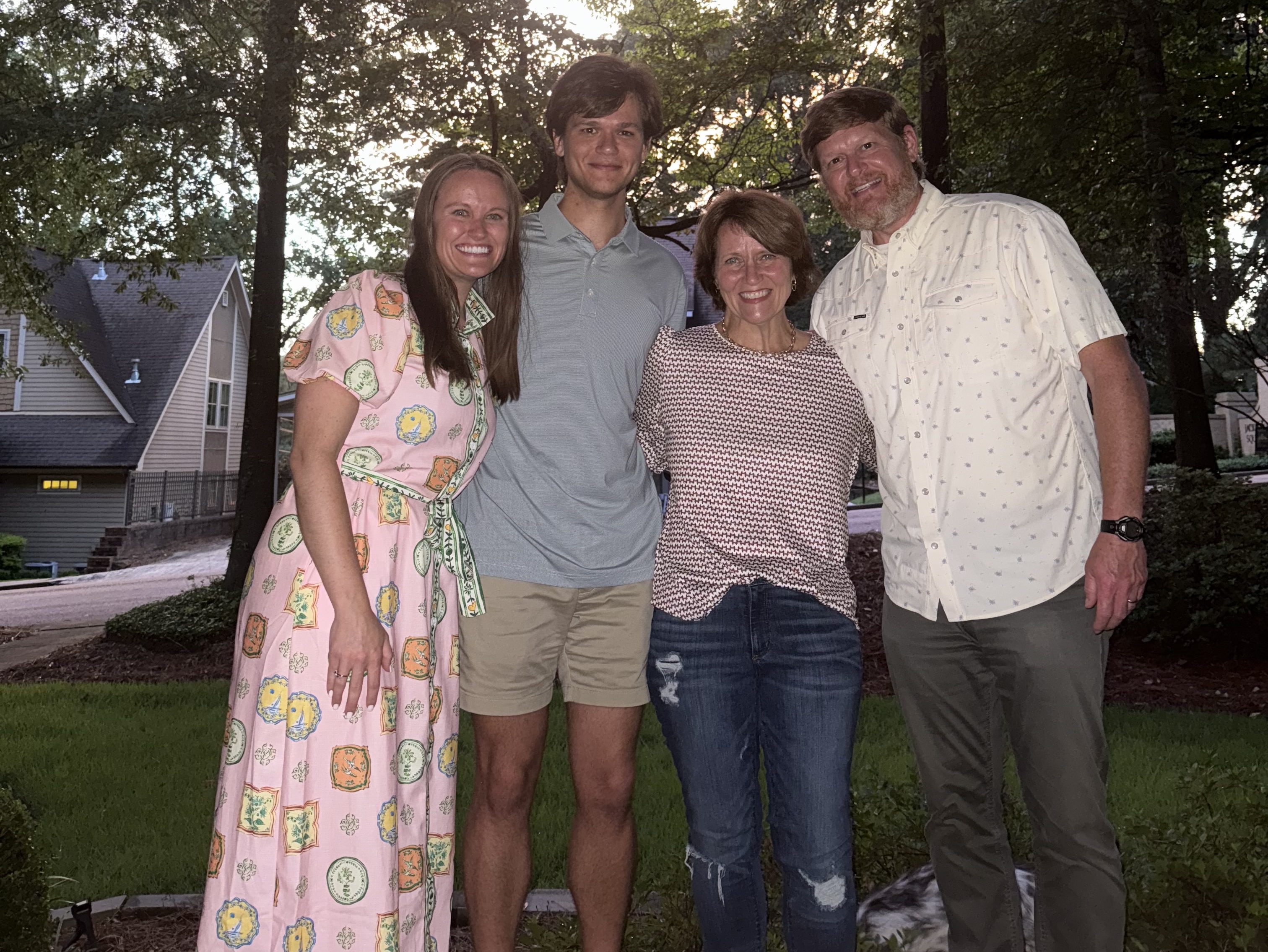BRAD DYE: Foraging gives hunters chance to increase bounty
Published 11:00 am Wednesday, August 7, 2019

- Photo courtesy Joseph HoseyJoseph Hosey, "The Free State Forager," displays a mushroom that can be harvested from the wild.
I come from a long line of hunter-gatherers. However, my leanings have always been more toward the hunter side. In fact, other than working in the garden growing up or grabbing an occasional fig off the tree in the backyard or a blackberry or muscadine while hunting or hiking, my gathering skills are pretty much dormant. Nonetheless, I find myself intrigued when I see pictures from friends with a fine turkey they have harvested along with a vest full of morel mushrooms. I feel as though I am missing out, walking past a bounty that lies within arm’s reach as I stride toward the turkey or deer I have just harvested.
When was the last time you sat down after a turkey hunt to a nice glass of cold infused Redbud blossom tea or paired your venison tenderloin with Smilax (greenbrier) shoots? Did you know that the tea can help with allergies and the Smilax, while very similar in taste, texture, and shape to asparagus, is beneficial as both food and medicine? How often do you spot mushrooms from your tree stand while deer hunting or perhaps gather a few while turkey hunting? What would it be like to never leave the woods empty-handed following a hunting adventure? That is the goal of Mississippian Joseph Hosey, also know as the Free State Forager: to bridge the gap between hunting and gathering.
My own hyperconnected life often leads me to joke with my wife about an alternate existence “off the grid, living off the land” and that is the lifestyle I envisioned Hosey living when I discovered his Instagram site (@freestateforager). However, after talking with him, I realized this is simply not true. In fact, Hosey wants to be more connected to the environment around him, making it his mission “to help as many as possible to be more connected, to reap the abundant harvest that lies in the woods that surround us.”
According to Hosey, “foraging is the act of bringing food from the wild into the home and into our bodies and that includes hunting and fishing. I think most Mississippians on some level are foragers already as nearly all of us have eaten blackberries from the fencerow or pulled plums from the neighborhood trees, but an even larger majority of us if we haven’t actively been hunters or fishermen, have participated in the food brought in by those acts.” Hosey, who lives near Laurel, believes most of us are already foragers at some level and he wants to help us add to that skill set. He lives life as a student of the wild, always learning more about his environment.
“How did you get into this?” is the the number one question he is asked. While working on his associates degree in forestry at Jones College, he began organic gardening. He started noticing that many of the “so called weeds” he was trying to remove from his garden spaces “were not only edible, but in most, if not all, cases more nutritious than what he was trying to grow.” When he began his career, he became a gatherer, bringing in buckets of blackberries and dewberries from his daily walks in the woods. Over time, he began “folding in more and more species” into his daily gatherings and the “combination of work keeping him busy and his interest in gathering increasing” led to “his garden getting smaller and smaller” as he “spent more and more time gathering from the wild.”
His knowledge quickly expanded due to the fact that his work takes him to different states and, as a result, different ecosystems. “I enjoy this part of my job as it allows me to be exposed to different plant families and groups that I am not normally around back home.” “Foraging travels well,” he says. The availability of resources for the novice forager changed dramatically with the internet; however, he said it is still hard for someone from the Southeast to find information on local species as the bulk of data comes out of the Pacific Northwest or the east coast. He began his gathering quest with Chanterelles and for several seasons, he studied and researched to build his confidence in what could be harvested and eaten safely. One of his biggest helps came from spending time with other experienced foragers from our region. This firsthand knowledge was critical in developing his foraging skill set. Hosey says, “In South Mississippi, there are four or five edible mushrooms that are really pretty easy to identify and there’s not too many look-alikes, if any.”
It became clear while talking to Hosey that, like the mushrooms he harvests, he has developed a symbiotic relationship with the environment that surrounds him. A relationship that, like the Native Americans that once inhabited the land in and around Meridian, is tied to and dependent upon naturally occurring plants and animals. In fact, much of what he forages for food mirrors the diet of the early Choctaw Indians. “In our area, the native tribes were consuming 100 to 150 native species of plants a year…” he said, adding that now, “the average American consumes around 30 a year.”
I gained a wealth of knowledge during my time with Hosey. His statement that, ”We live in a huge organic garden…we just need the knowledge to harvest,” kept coming back to me throughout our discussion. As a hunter, I have the knowledge and skill set necessary to harvest the game I pursue. I treat that game with respect and it, in turn, nourishes me and my entire family. Clearly, I am lacking on the gathering side and, as a result, I realize I am walking past opportunities to harvest food for my table; however, with Hosey’s help, I plan to change that. I look forward to seeing you out there in our great outdoors!
Email Outdoors columnist Brad Dye at braddye@comcast.net.





